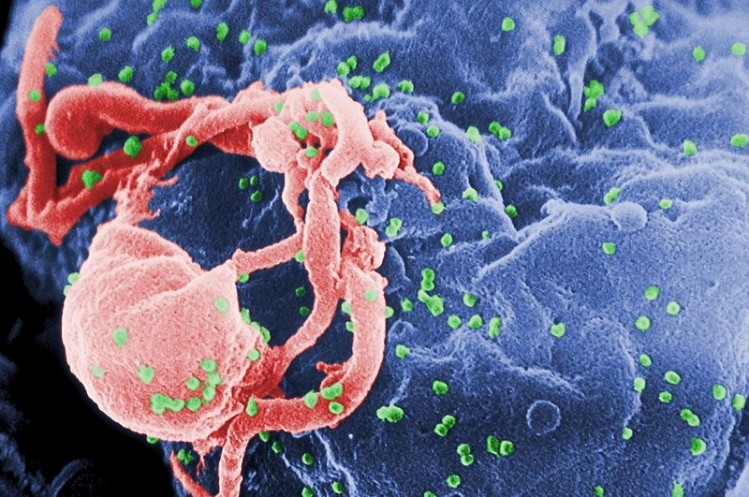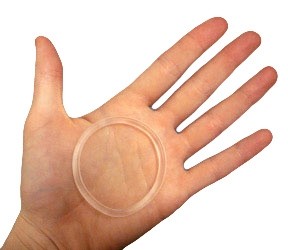Intravaginal 'ring' could deliver number of women's health drugs

The polymer device - filled with powdered tenofovir (TDF), an anti-retroviral drug - allows a lower dose of the drug to be used than the oral form, and has demonstrated successful results in preclinical tests with primates and is soon to undergo tests in humanshuman immunodeficiency virus (SHIV).
Patrick Kiser, the Professor leading the research at Northwestern University, told in-Pharmatechnologist.com: “The design of the device is a hollow core tube that is filled with powdered drug and an osmoattractant (NaCl) that attracts vaginal fluid into the core of the device, solubilizes some of the drug and allows it to be released.
“Other polymers used in IVR design are not capable of releasing TDF because the drug is not soluble in them,” he continued. “We use a water swellable elastomer in which the drug TDF has appreciable solubility.”
Kiser also told us the device could be used to administer other drugs. “We are designing a ring that elutes a vaginal lubricant and are working on other women's health indications like gynecological cancers, contraception and other infectious diseases of importance to women.”
There has been some interest from pharma companies interested in this technology but Kiser was unable to say more due to confidentiality reasons.
Intravaginal Benefits
For this technology, the advantage of delivery lies in “obtaining high local concentrations of antiviral agent without appreciable systemic exposure,” Alex Mullen - Chief Scientific Officer at Drug Delivery International (DDI) - told this publication.
However, though the intravaginal ring “has some interesting potential” Mullen said there are still a number of hurdles the device needs to overcome. On top of clinical trials and possible side effects, there is also the cost to consider and whether such systems change behaviour patterns in users.
As for general benefits of administering drugs via the vagina, Mullen said the thin and permeable nature of the vaginal lining and the good blood supply offers “the opportunity to either provide local concentrations of drugs where they are needed or the potential to offer systemic delivery of drug with minimal metabolism.”
He also said DDI - who is currently developing intravaginal devices for the treatment of various obstetric diseases - is seeing demand for this type of drug delivery as woman’s health is a growing area with a number of existing treatments being inadequate.




















